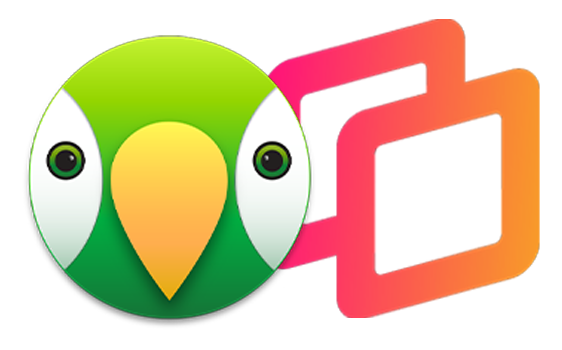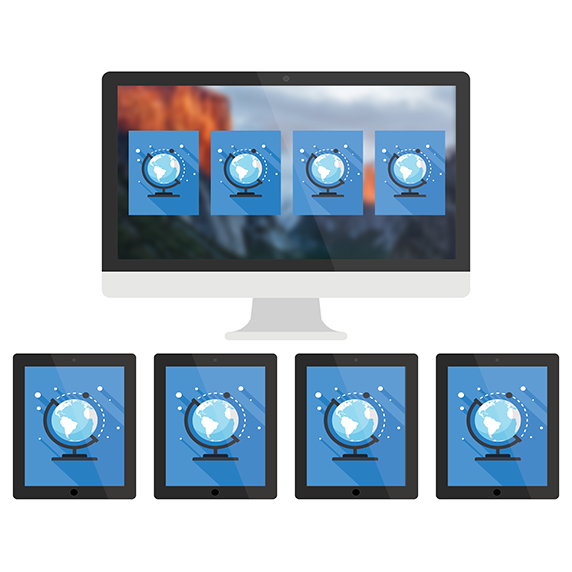
Reflector + AirParrot Bundle
Save when you buy AirParrot and Reflector together. One AirParrot and one Reflector license for use on either MacOS or Windows.



Save when you buy AirParrot and Reflector together. One AirParrot and one Reflector license for use on either MacOS or Windows.
BUY US$School Uses Three-Step Approach to Implement Blended Learning
Alex Gonzalez is a Technology Coordinator at Health Sciences High and Middle College (HSHMC) in San Diego, California. Classrooms are equipped with Chromebooks, iOS devices and teacher MacBooks to support the school’s blended-learning environment.
Educators at HSHMC were presented with a number of challenges when the two schools transitioned to the blended-learning teaching methodology.
Alex and his peers developed a three-step approach to blended learning that helped ease the transition and ensure ongoing success.
Alex thoroughly assesses every EdTech resource before introducing it to his teachers. He said that technology must help teachers work smarter and be compatible with education goals.
“Teachers use iPads, but students predominantly use Chromebooks because they need keyboards for web technologies and web-based standardized testing,” Alex said. “EdTech software must be device agnostic to work around our diverse ecosystem of iPads, Chromebooks and MacBooks.”
HSHMC educators complete a “teacher tech trek” to earn their Leading Edge Certification, a nationally recognized EdTech certificate. It includes hours of professional development that helps them learn how to effectively use EdTech resources.
“I am no longer the only tech expert here,” Alex said. “We have more than 40 educators certified. That allows us to use professional development time more effectively because we don’t have to spend time going over tech basics. We have more deep conversations about what instruction means and what role technology plays in that.”
"As soon as teachers find out we have Reflector available, they want it on their MacBooks. They love it."
Once HSHMC teachers were comfortable with the hardware, Alex focused on finding software to complement the blended-learning environment.
“We’re more conscious about what type of access we can offer students,” Alex said. “Not just access to devices…access to the teacher’s knowledge, feedback and instruction.”
Alex discovered that the Reflector screen mirroring software for Mac could provide greater access to mobile devices and more teacher face time.
“When I first saw Reflector, I said this is going to be perfect for English, math and science,” he said. “When teachers can walk around the classroom and wirelessly display what’s on the mobile device in their hands, that makes them more accessible to students. They’re not sitting behind a desk. It creates a sense of community in the classroom.”
Reflector software gives HSHMC a greater range of mobile connectivity options than traditional screen mirroring hardware.
“Our teachers use it to display two, three or even four mobile devices onto the same screen,” he said. “It allows the entire classroom to see different perspectives and converse about it. Students can take ownership and demonstrate what they know in front of the whole class.”

Alex and his peers successfully implemented blended learning at HSHMC. Staff receives thorough training to get the most out of technology in the classroom. The Reflector screen mirroring software brings students increased mobile connectivity and vital teacher face time.